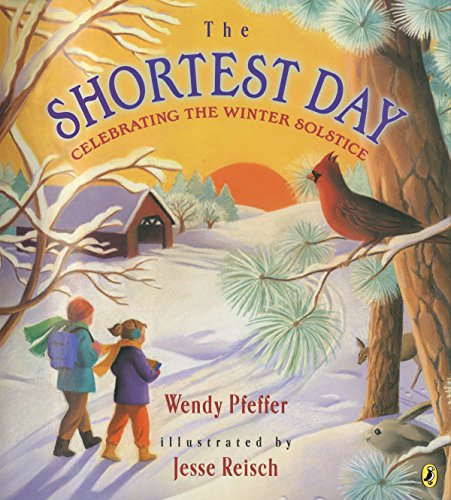This is as dark as it gets: fifteen hours of night, give or take a few minutes, at latitudes near the 45th parallel and nine hours of daylight, if you're lucky.
It is the week of the winter "solstice," a word derived from Latin meaning "sun stands still." For two or three days the sun seems to rise and set in the same places on the horizon and at the same times, as if uncertain whether to continue on its southward journey or to start creeping north again.
Ancient peoples once kindled huge bonfires on these nights, designed to urge the sun to burn warmer and longer. Among the Goths and Saxons, this tradition evolved into the Yule Girth Festival. Nightfires still burn for some folks at solstice.
Imagine not knowing how the sun's decline was related to the tilt of the Earth in its orbit. Could the southerly retreat continue until the sun vanishes altogether, as it does during a full eclipse? Or could it get stuck here, in this track across the heavens, locking these lands into eternal winter?
These fears are similar, I suppose, to having a mid-winter power outage. When will the electricity be restored? Before the pipes freeze? Or maybe it's like having a fuel shortage, real or imagined, and not knowing when you'll be able to get a full tank of gas again.
The ancient Egyptians built Sun temples with the same enthusiasm that we constructed hydroelectric dams and nuclear power plants. Carefully aligned with the sun's solstices and equinoxes, the shrines helped them keep close watch on their solar energy.
At Karnak, one of the entrances to the Great Temple of Amon-Ra was dominated by two long slabs of rock lined up in parallel on an east-west axis. On the morning of the solstice the first beams of sunlight would shine between these obelisks and down the full length of a 500-foot corridor. At the far end it would flash on the temple's inner sanctuary, the Holy of Holies, signaling the first day of a new year.
Where I live, the Holy of Holies on which the solstice sun strikes after beaming through the kitchen windows is the fridge. This is appropriate, I suppose. At least it's not the television.
I've taken close account of where the sun rises and sets this time of year. There's a boulder outcrop on the hills to the east that the solstice sun comes up over, and there's a crotch in the mountain to the west where it nestles. After the solstice, I know, the sunrises and sunsets will shift steadily north of these locations.
Along with electricity and internal-combustion engines, the Age of Reason (i.e., science) has given us explanations for eclipses and seasons. The wobble in the Earth's spin that changes the angle of our sunlight has been unvarying since the dawn of mankind, and will likely continue unchanged for many more millenia.
But it's still an article of faith, either in science or God, that the patterns of the past will continue in the present, and that winter will eventually give way to spring. And it's still a good cause for celebration, I think, when the solstice arrives and the days start getting longer again.


